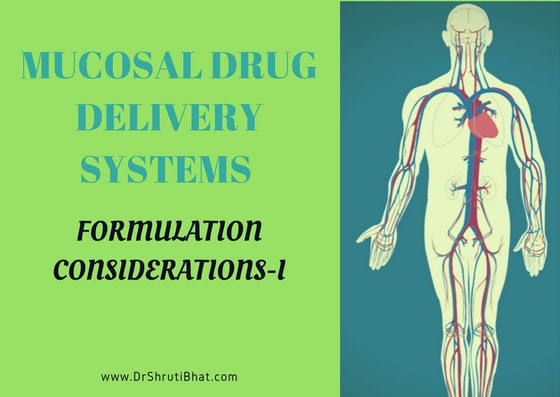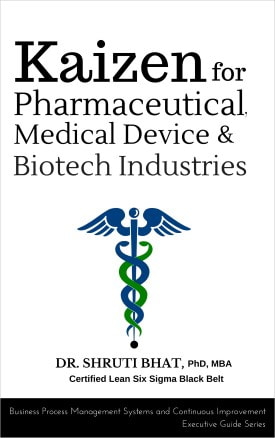- Buccal and other trans- oral delivery system.
- Pulmonary delivery system.
- Vaginal delivery system.
- Rectal delivery system.
- Nasal delivery system.
- Ocular delivery system.
- Colonic delivery system and
- Gastrointestinal delivery system.
Rationale for mucosal delivery system of peptides:
The idea of mucoadhesives was derived from the need to localize drugs at a certain site in the body. Often the extent of drug absorption is limited by the residence time of the drug at the absorption site.
For example, in ocular drug delivery, less than 2 min are available for drug absorption after instillation of a drug into the eye, since it is removed rapidly by solution drainage; hence the ability to extend contact time of an ocular drug delivery system in front of the eye would undoubtedly improve drug bioavailability.
In oral drug delivery the drug absorption is limited by the gastrointestinal transit time of the dosage form. Since many drugs are absorbed only from the upper small intestine, localizing oral drug delivery in the stomach or in the duodenum as well as colon targeting for drugs, which degrade in gastric environment, would significantly improve the extent of drug absorption.
Since most of the routes of drug administration such as ocular, nasal, buccal, respiratory, gastrointestinal, rectal etc. are coated with the mucus layer, mucoadhesives are logically expected to increase the residence time. In addition, they provide intimate contact between a dosage form and the absorbing tissue, which may result in high drug concentration in a local area and hence high drug flux through absorbing tissue. Furthermore, the intimate contact may increase the total permeability of high molecular weight drugs such as peptides and proteins.
Since, peptides are highly susceptible to the strong acid environment and the proteolytic enzymes in the gastro-intestinal tract (gi tract), the systemic bioavailability therefore by the conventional oral administration is extremely low. Peptides are high molecular weight macro molecules (100-150,000 Da) and thus do not easily permeate the intestinal mucosa. Even after successful gastrointestinal absorption, they are further subjected to first pass elimination in the liver. Thus, conventional oral route of delivery produces sub-therapeutic drug levels in the body. For these reasons, even the smallest peptide may demand new pharmaceutical principles for the development of a satisfactory product.
In the next post we shall discuss further on the rationale approach in the development of mucosal drug delivery systems.
Continued in Part 2, Part 3 and Part 4 ...





















